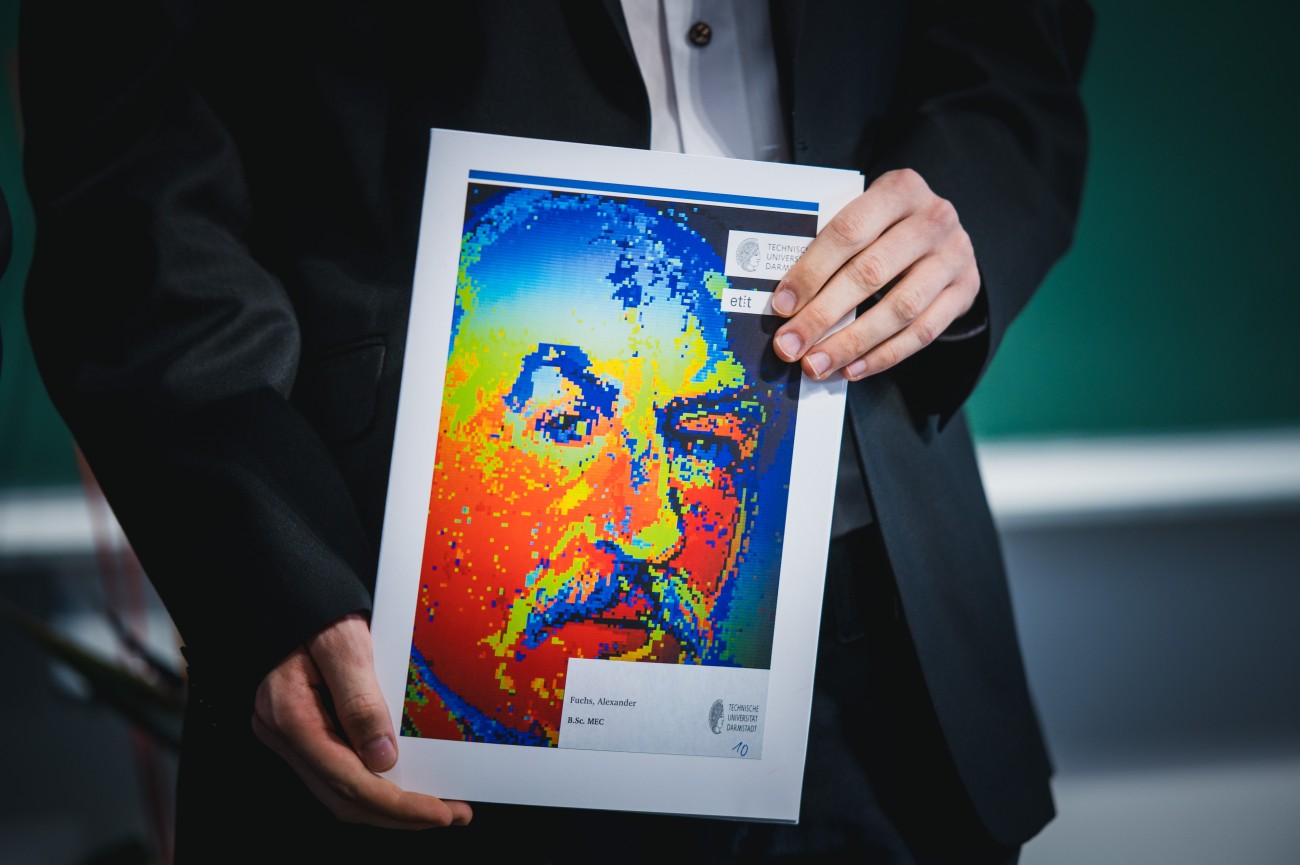Numerical uncertainty analysis of the visibility level
Projectseminar, Bachelor thesis
The Laboratory of Adaptive Lighting Systems and Visual Processing focuses on the development of innovative lighting assistance systems and light distributions to support drivers at night and enhance road safety. In the future, the aim is to use a camera system in combination with a pixel headlamp to adaptively shape road lighting in such a way that optimal visibility conditions can theoretically be achieved for every object. To accomplish this, it is first necessary to clarify what constitutes good visibility for the driver.
In the context of visibility, the literature commonly refers to the Visibility Level (VL) according to Adrian. The VL is a non-linear metric, which makes it difficult to determine its associated uncertainty.
According to the Guide to the Expression of Uncertainty in Measurement (GUM), any measurement result without an associated uncertainty statement is incomplete and not scientifically reliable. Therefore, the Visibility Level must also be supplemented with a quantitative uncertainty analysis.
To determine the uncertainty of the VL, the effects of individual parameters will first be numerically investigated. Based on this, a model will be developed to represent the overall uncertainty of the VL. Finally, standard values from the literature will be identified to parameterize the uncertainty model, allowing a typical uncertainty range for the VL to be specified.




